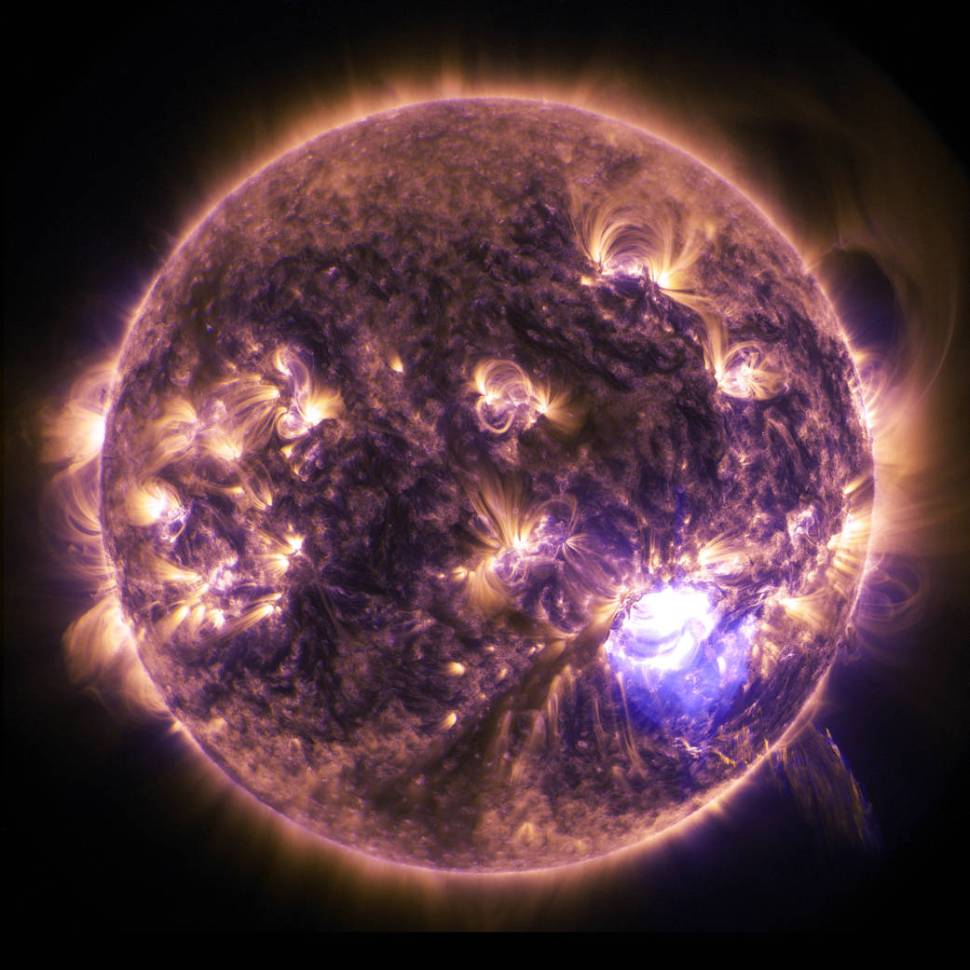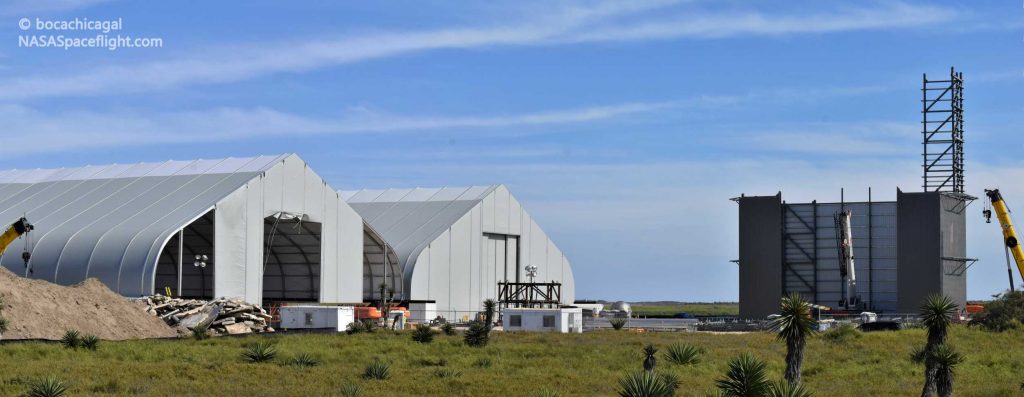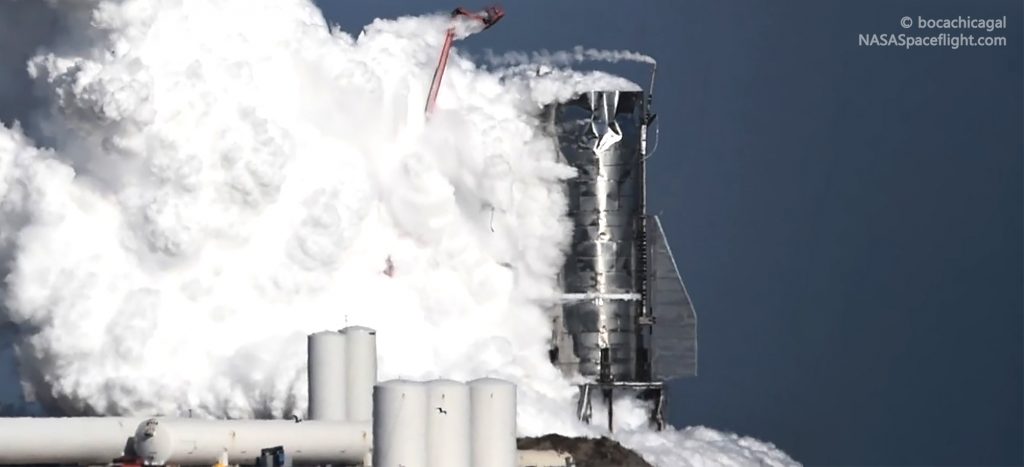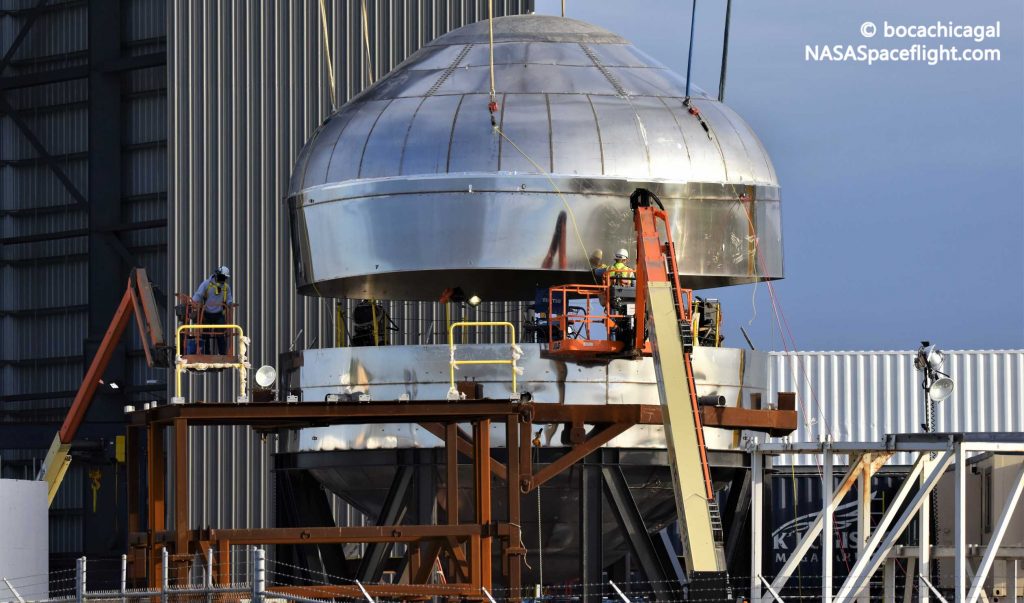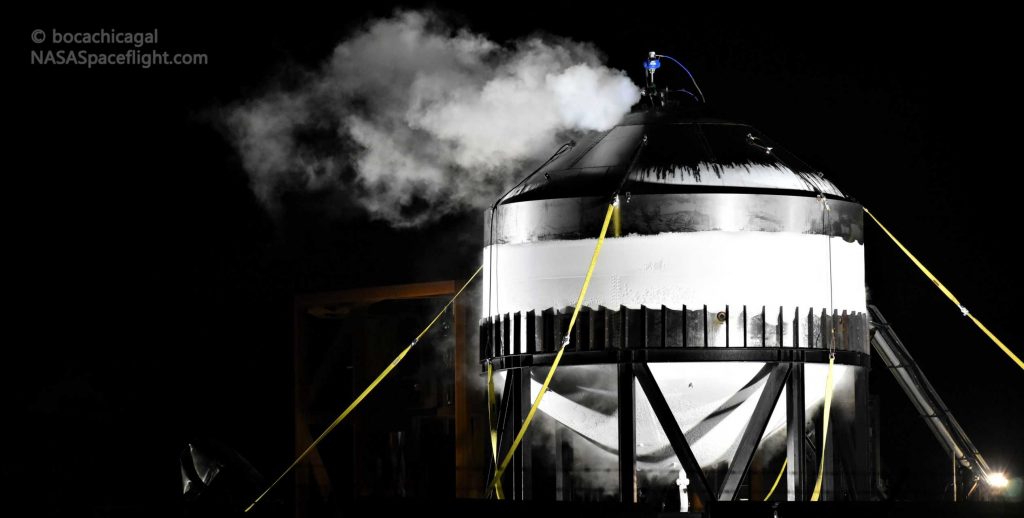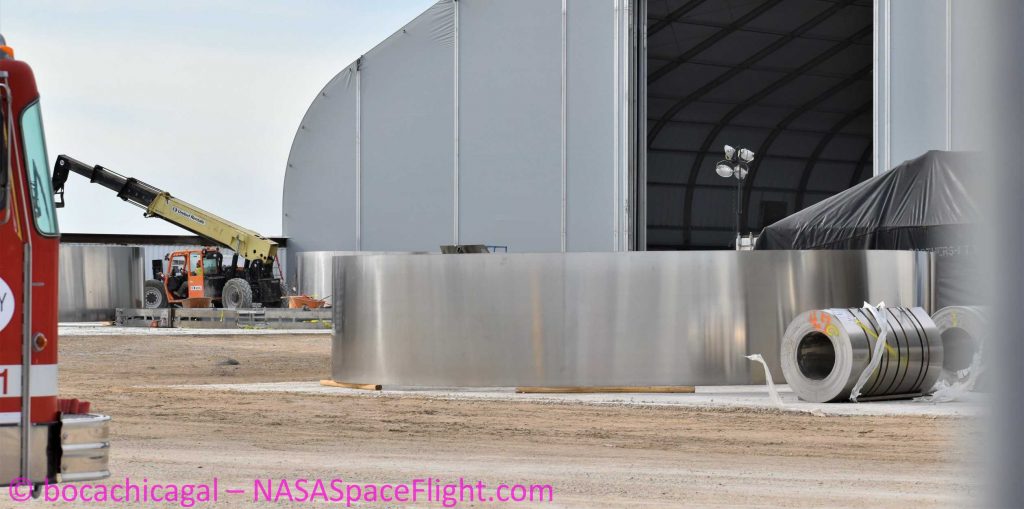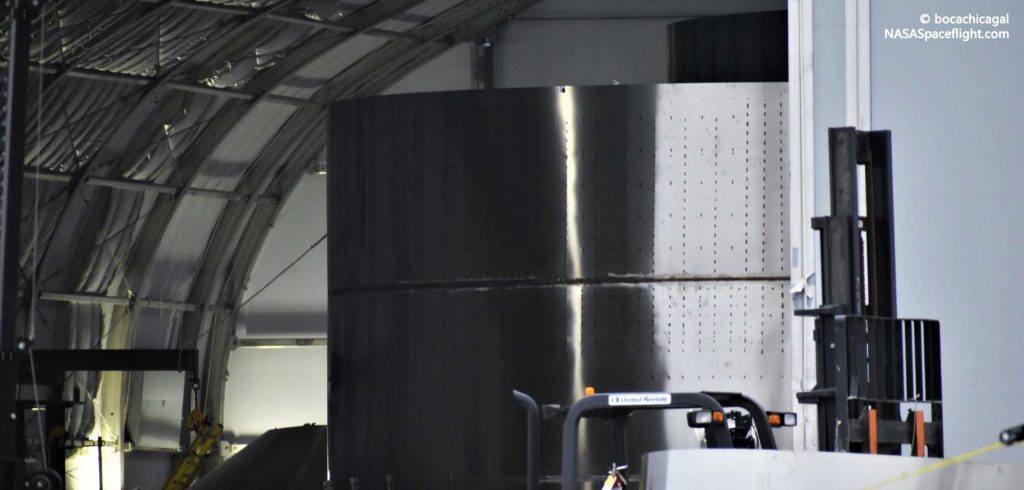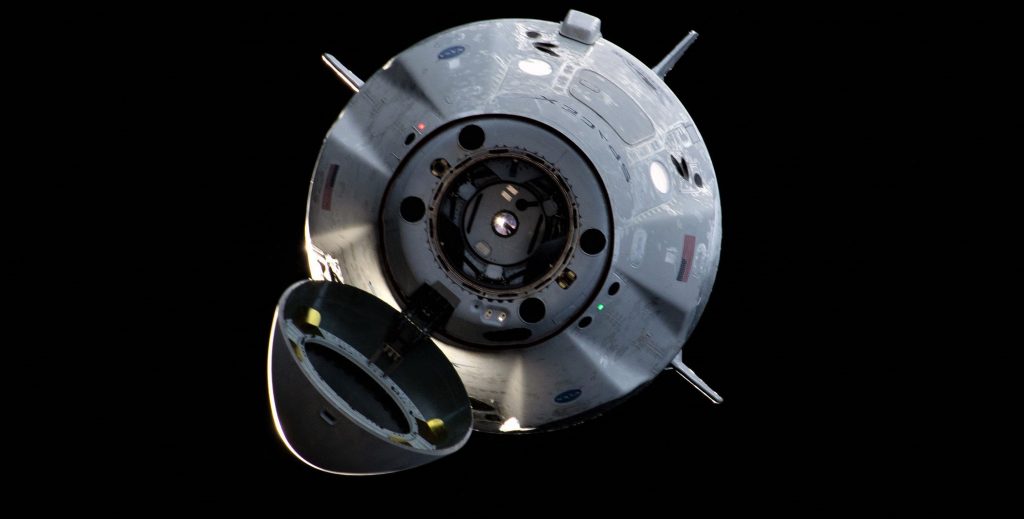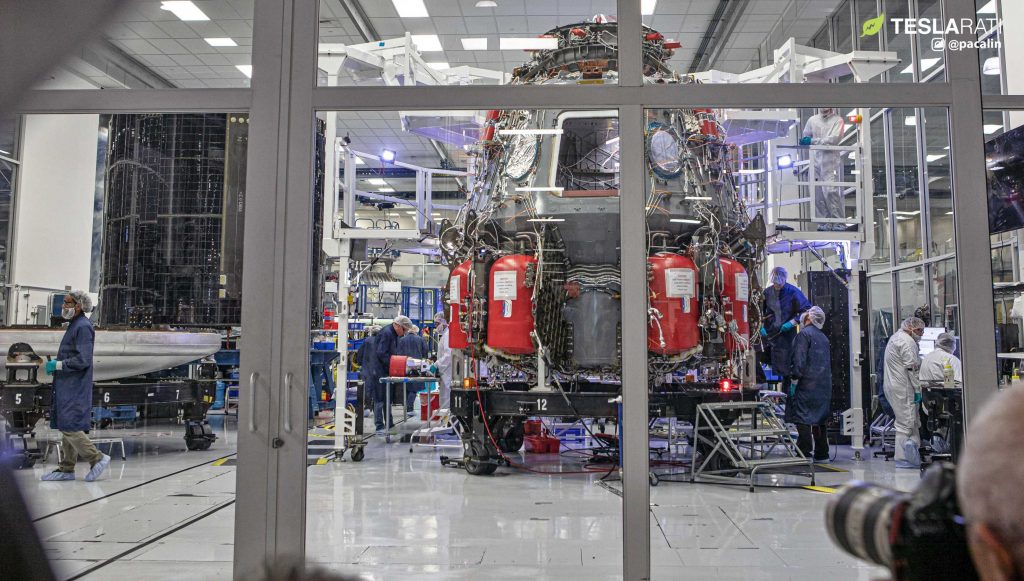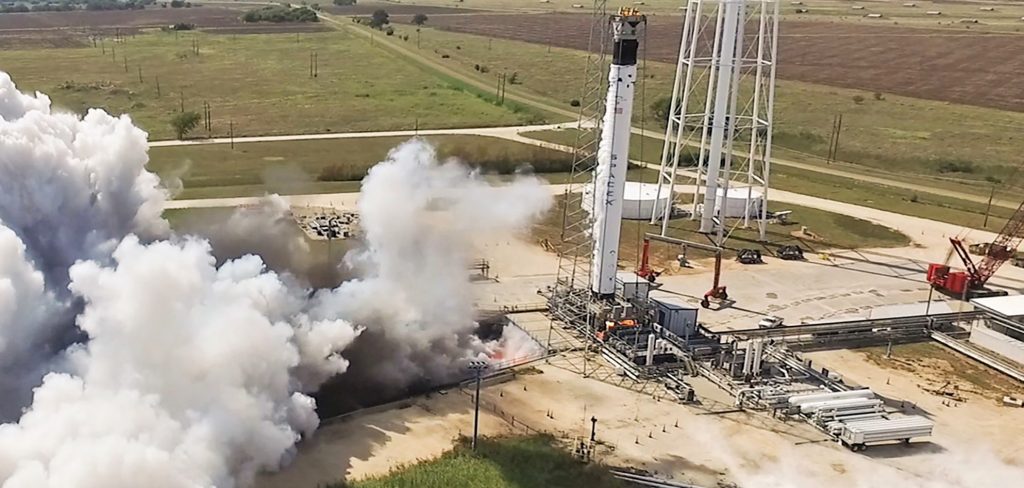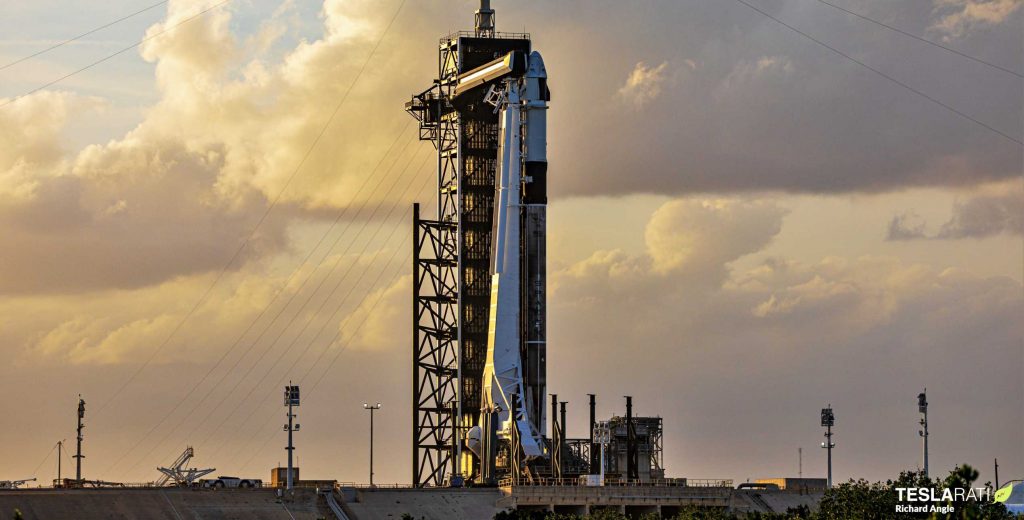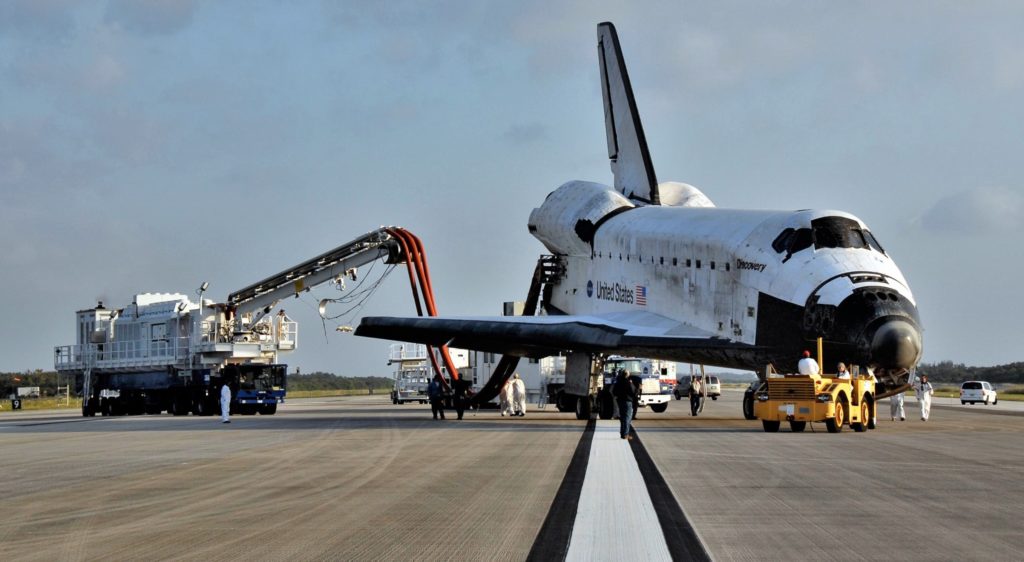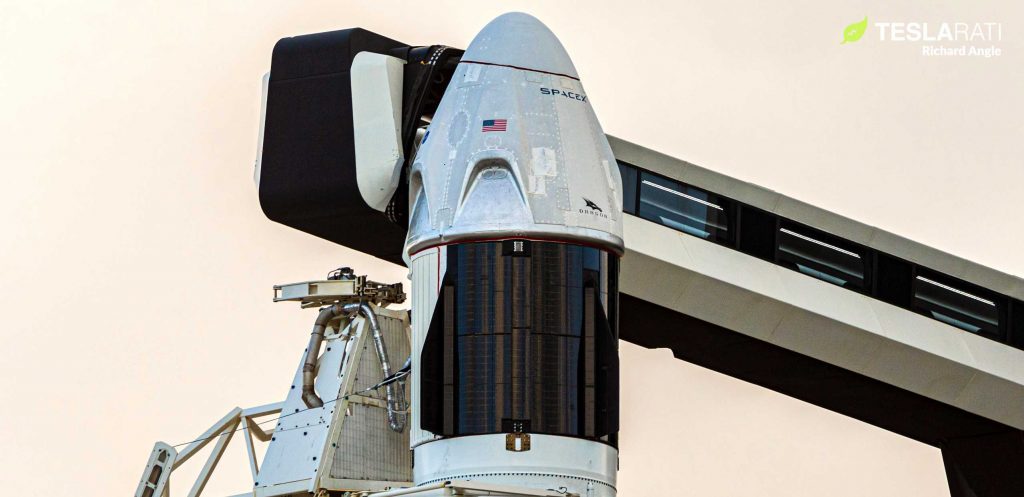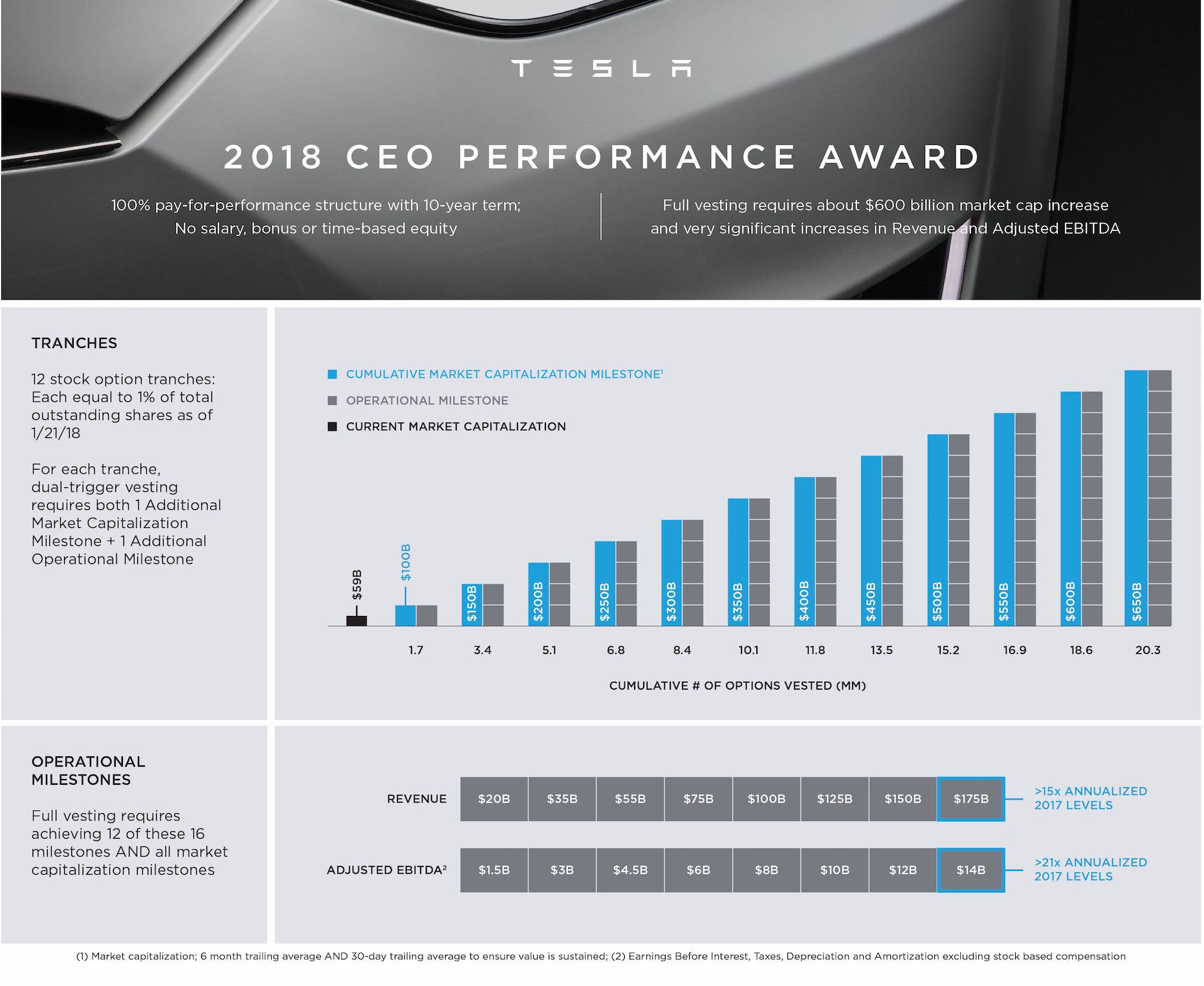Famed short-seller Andrew Left is shorting Tesla once more. Amidst Tesla’s recent rise, Left seems convinced that the electric car maker’s current success and momentum will be short-lived.
Left is the editor of Citron Research, an investment newsletter geared toward giving information on short-selling to those interested in the stock market. He is experienced in short-selling and has made a career in exposing companies he believes are fraudulent or overvalued.
After Tesla stock (NASDAQ:TSLA) surged on Tuesday morning after the opening bell, Left announced his future plans for about the electric car maker. After stating that Citron promised never to short the company again, Left stated that computers were driving the market and that “even Elon would short the stock here if he was a fund manager.” Left confirmed that he is short TSLA once more in an emailed statement to Benzinga.
We love $TSLA and promised never to be short again. BUT when the computers start driving the market, we believe even Elon would short the stock here if he was a fund manager. This is no longer about the technology, it has become the new Wall St casino.
— Citron Research (@CitronResearch) February 4, 2020
While Left has made a name for himself by short-selling stocks, he went long on Tesla in October 2018. At the time, he still had an open lawsuit against CEO Elon Musk over the latter’s “funding secured” tweet in August 2018. But even this lawsuit was not enough for Left to ignore Tesla’s obvious momentum then. Citron reversed its position on the company’s stock, stating that Tesla’s story has “become too compelling to ignore.”
“It is in that spirit, and with a great deal of analysis and due diligence that we can say for the first time, Citron is long Tesla as the Model 3 is a proven hit, and many of the TSLA warning signs have proven not to be significant,” a company said.
Left eventually abandoned his bullish stance on Tesla on April 2019, stating that the company’s cash burn and capital needs were simply too large to warrant confidence. While Tesla stock was battered in the months following Left’s change of heart, TSLA shares did recover after the company posted surprise profits in the third quarter. TSLA shares have since risen 279.6%.
Tesla stock reached a record $968.99 per share on February 4 before dropping to around $887 near the closing bell. Even still, Tesla enjoyed another successful day as the price of the company’s shares has more than doubled since the beginning of the year, where it was valued at about $430 per share.
Tesla shorts have felt major losses since the electric car maker’s massive rally. S3 Partners, a firm that tracks short interest on the Street, has estimated that short-sellers have lost about $12 billion betting against Tesla since the year started. Ultimately, while some analysts and investors continue to think Tesla stock will eventually fall, others believe its historic rise to the top is far from over.

(adsbygoogle = window.adsbygoogle || []).push({});
<!–
–>
var disqus_shortname = «teslarati»;
var disqus_title = «Ex-Tesla short-turned-bull bets against TSLA again: ‹Even Elon would short the stock here'»;
var disqus_url = «https://www.teslarati.com/tesla-short-bull-bets-against-tsla-elon-musk-vs-andrew-left/»;
var disqus_identifier = «teslarati-129203»;

